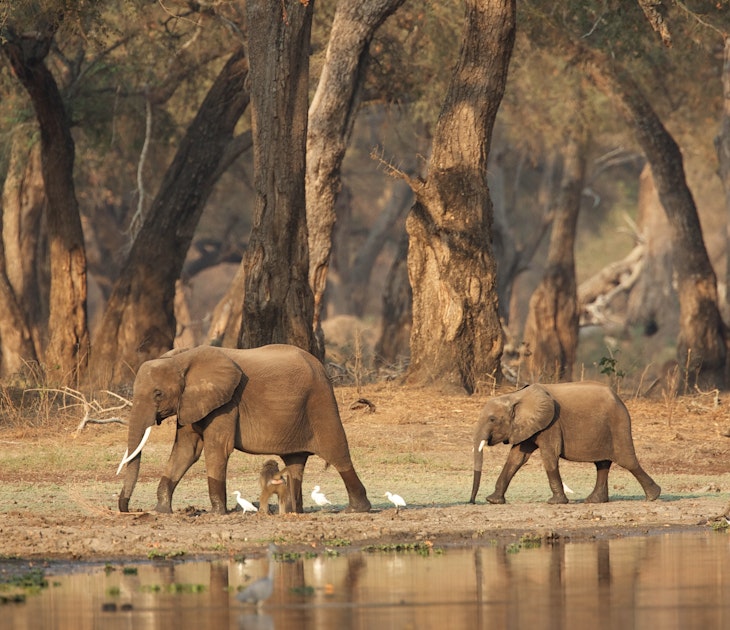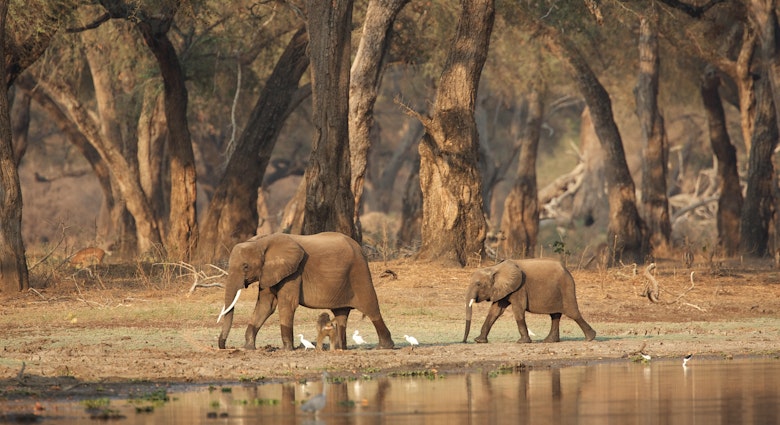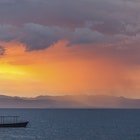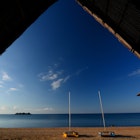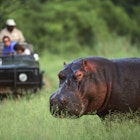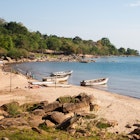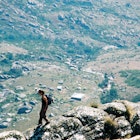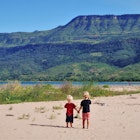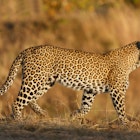Malawi, the diminutive lakeside country bordering Zambia, Mozambique and Tanzania, may be more readily associated with its laid-back beach towns, desert island hideaways, likeable people and safari tourism, but as James Bainbridge discovers, its lofty mountain environments can no longer be overlooked.
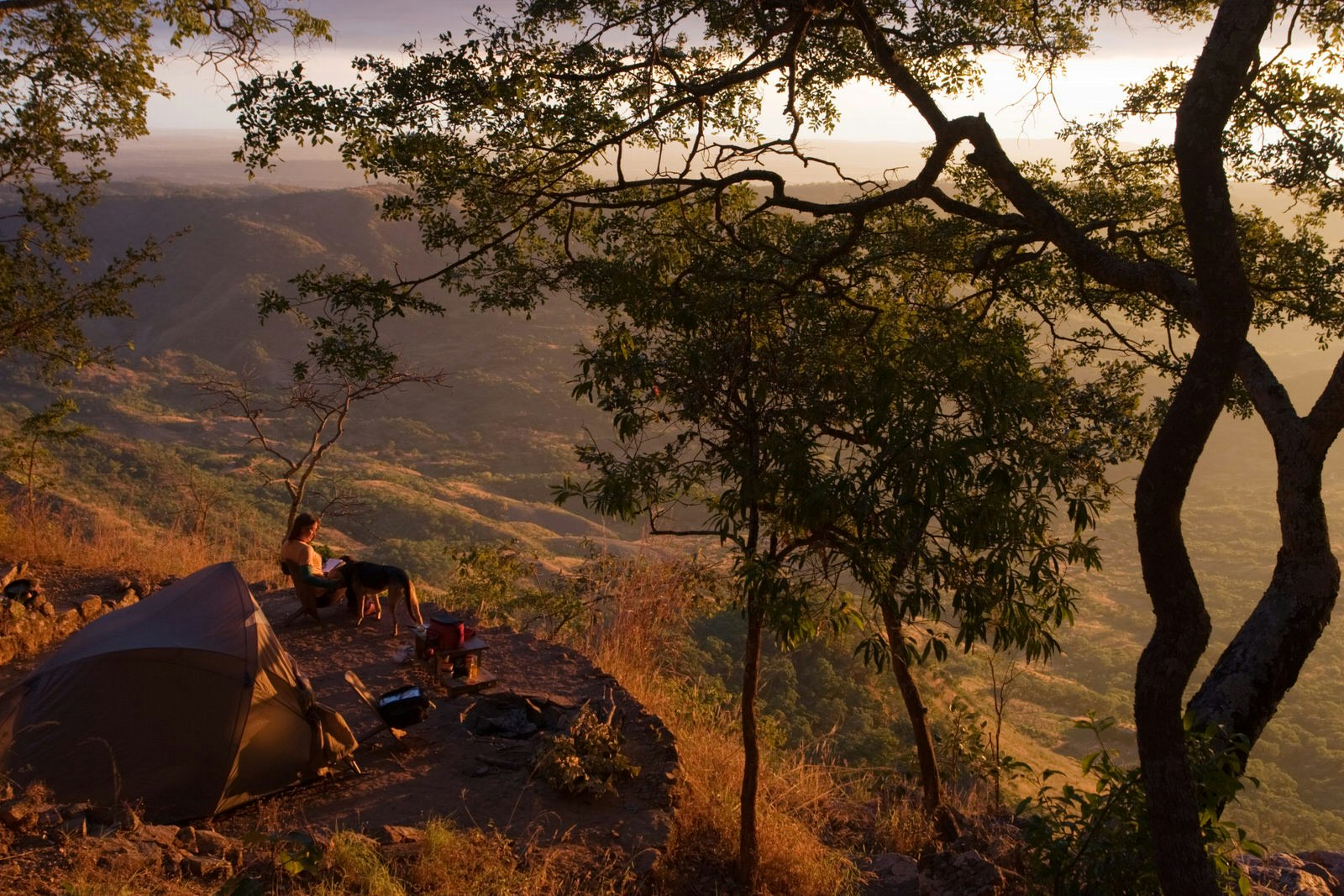
The road climbing to Livingstonia from the lakeshore, known as the Gorode, is a 4WD endurance exercise that grinds through 20 hairpin bends on the 1000m ascent. My driver on the 15km, one-hour scramble, Thomas, shares a name with my youngest, and I tell myself this is a good omen as we pass the wreckage of a pickup truck on a gnarly switchback. As the narrow, boulder-strewn chicane approaches the top of the steep escarpment, wonky signs poke from the scrub, advertising everything from traditional doctors to permaculture eco-lodges. We pass the lodges – Mushroom Farm and Lukwe EcoCamp – which gaze down on the lake through a hazy infinity from their clifftop perches. From here, the road flattens out and whooshes like a sigh of relief into Livingstonia village. Along the way I glimpse between the miombo branches to see Manchewe Falls thundering 125m into the valley below.
I’d expect such a dramatic journey in Lesotho, Morocco’s High Atlas, the Ethiopian Highlands or another altitudinous African nation, but not in the ‘warm heart of Africa’, a country famed for its flattest asset: Lake Malawi. However, mountains and their associated plateaus pop up all over the nation, particularly to the west and south of its eponymous lake, which lies in a trough formed by the Rift Valley. Today, this high-altitude terrain offers adventures from hiking to spotting leopards, and some fascinating history too.

Livingstonia: hilltop history
It was David Livingstone’s acolytes in the Free Church of Scotland who established the mission named in his honour, arriving a year after the missionary and explorer had been buried in Westminster Abbey. Dr Robert Laws, the party’s leader, enthused in his journal about crossing Lake Malawi on the Ilala steamer, the namesake of the rickety ferry that plies the lake today:
‘Never perhaps did any member of the party with so full a heart join in singing the 100th Psalm as we did that morning while skimming across the waters of the lake.’
However, after this optimistic start, the missionaries kept succumbing to malaria in two failed lakeside missions, and Laws eventually founded mountaintop Livingstonia in 1894. Today, the village has a sepia-tinted feel, with dusty lanes leading between elegantly decaying relics, including a stone cairn marking the spot where Laws and his African companion, Uriah Chirwa, camped. On the crest of the mountain, Laws later built Stone House, a granite structure dating to 1903 that still contains cosy rugs, shadowy hardwood floors and a twee lounge. It now also hosts a museum, which tells the missionaries’ story through black-and-white photos, letters, books and artefacts. Nearby, you can pop into the Craft Coffee Shop for craftwork, woodcarvings, honey and soap made locally, as well as a cup of the potent coffee grown here (lodges can arrange visits to coffee farms). The highlight, however, is the church, where you can climb the tower or just admire the stained-glass window depicting Livingstone himself, with his sextant, medicine chest, two companions and a backdrop of Lake Malawi.

Nyika National Park: big cats in the grass
Also in Northern Malawi, the Nyika Plateau is worth the journey down 100km of corrugated roads, and earns comparisons to the Scottish Highlands for its undulating landscape of windswept grasslands. At over 2000m above sea level, the 3200-sq-km park delights photographers during the golden hour, when Crayshaw’s zebras, roan antelopes and ancient boulders break the horizon. Guided drives and walks are available, and the wildlife watching continues after dark, when spotted hyenas, nightjars, rodent-hunting servals and leopards can be spotted – the 100-strong population of the latter is one of the region’s densest. With around 400 bird species and scenic mountain biking, it’s well worth holing up in the park at Central African Wilderness Safaris’ Chelinda Lodge or Chelinda Camp, which continue the highlands theme in their cosy chalets. A three-day, two-night guided wilderness hike connects Chelinda and Livingstonia.
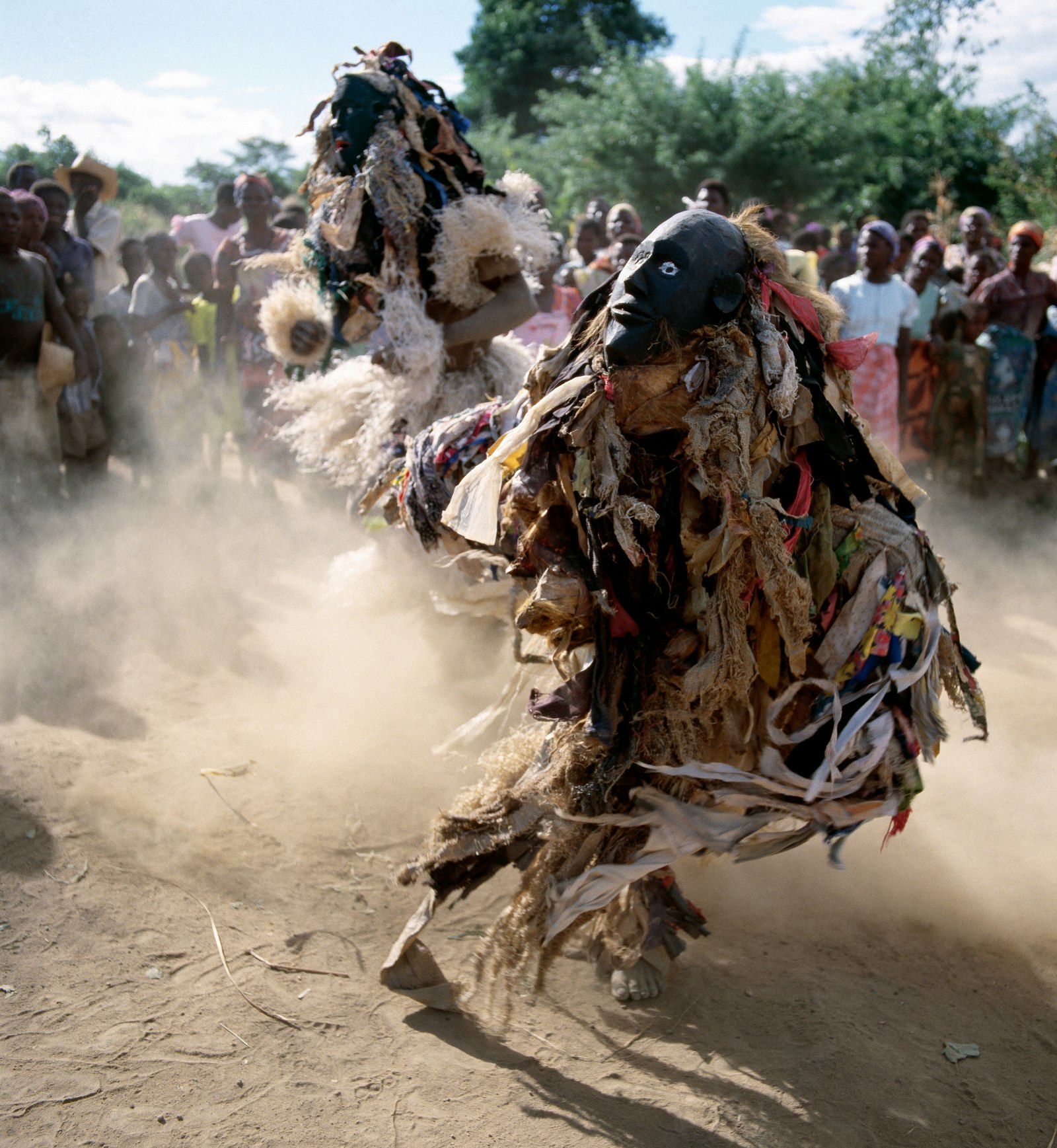
Mua: masks at the mission
Heading south to the bottom of Lake Malawi, Mua is another hilltop mission station, which is thankfully easier to reach than Livingstonia. Established by the Roman Catholic Church in 1902, its red-brick mission building with terracotta tiles and two storeys of pillared walkways seems transposed from Tuscany to this hill of flame trees. Painted panels depicting scenes from Malawian history decorate the tin-roofed church, and carved wooden doors lead inside, where men and women sit on opposite sides during the Chichewa services and carvings represent aspects of male and female life.
Across Mua’s single road is what must be one of Sub-Saharan Africa’s most impressive cultural centres, the Kungoni Centre of Culture & Art, which was established in 1976 by its Montreal-born director, Father Claude Boucher (aka Chisale; a respectful Ngoni title). Woodcarvings from Kungoni have made their way to Buckingham Palace, the Vatican and beyond, and the centre features a museum, art gallery, carving workshop and gift shop.
The Chamare Museum is the standout, named after French missionary Father Champmartin (shortened to Chamare), who taught the locals carpentry – it recalls Mua’s three founders and the tree that sheltered their tents with its three rooms surrounding a courtyard with a model baobab. Murals and displays cover Roman Catholic Church history in Malawi and Chewa, Yao and Ngoni culture, but nothing can prepare you for the third room. Here, the ‘tree of spirits’ fills the space, its branches hung with 280 grinning, leering, gurning Gule Wamkulu masks (panels explain their symbolism). Inscribed on Unesco’s list of the intangible cultural heritage of humanity, these colourful masks of wood, straw and cloth are worn by costumed dancers from the Nyau brotherhood, who represent everything from slave traders and ancestral spirits to wild animals and helicopters. It’s possible for travellers to see these didactic performances in spots such as Mua.

Zomba Plateau: hiking and horse riding
Rising almost 1800m above pleasantly mellow and leafy Zomba, the Malawian capital until 1974, the Zomba Plateau is another lofty paradise with its pine trees, waterfalls, scampering bushbucks and monkeys, fluttering mountain wagtails and Bertam’s weavers. Divided in two by the Domasi Valley, its hiking trails lead between panoramic viewpoints commemorating visits by late notables including the UK’s beloved Queen Mother and Haile Selassie, the last Ethiopian emperor and a Rastafarian icon. Conveniently, the popular Potato Path climbs the plateau from Zomba’s finest guesthouse, the Italian-owned Casa Rossa, which serves the best pasta dishes this side of Naples. There’s also off-the-grid Zomba Forest Lodge, with four Afro-chic rooms, and the plateau-top Sunbird Ku Chawe Hotel at the end of the 4km tarred road from town. Near the latter, get your bearings and hire a guide at the hut containing a 3D model of the plateau, or drop by Zomba's African Heritage, a craft shop, cafe and all-round tourism hub for guides, maps, mountain bikes and hiking shuttles. Plateau Stables offers one- to five-hour horseback explorations of the plateau, with a newer operation on the Viphya Plateau near Luwawa Forest Lodge, which is a handy stop off between Lilongwe and Mzuzu.

Mt Mulanje: massif challenge
Mulanje is a massif of some 20 granite and syenite peaks, rising 2500m from its emerald-green fringe of tea estates and, on misty days, bursting through the haze to earn its local nickname, ‘Island in the Sky’. Among the forested valleys, sheer cliffs and plunging waterfalls, hikers see the endemic Mulanje cedar, which grows up to 40m tall, and wildlife from klipspringers to black eagles. With six main hiking routes, eight forestry huts and numerous basecamps, this 650-sq-km massif is Malawi’s most challenging hiking destination and it’s essential to get information and prebook huts through the Mountain Club of Malawi or Mulanje Infocentre. And after all that high-level hiking, a reviving cup of Malawian tea or coffee on the veranda of a local estate such as Satwema goes down extremely well.

